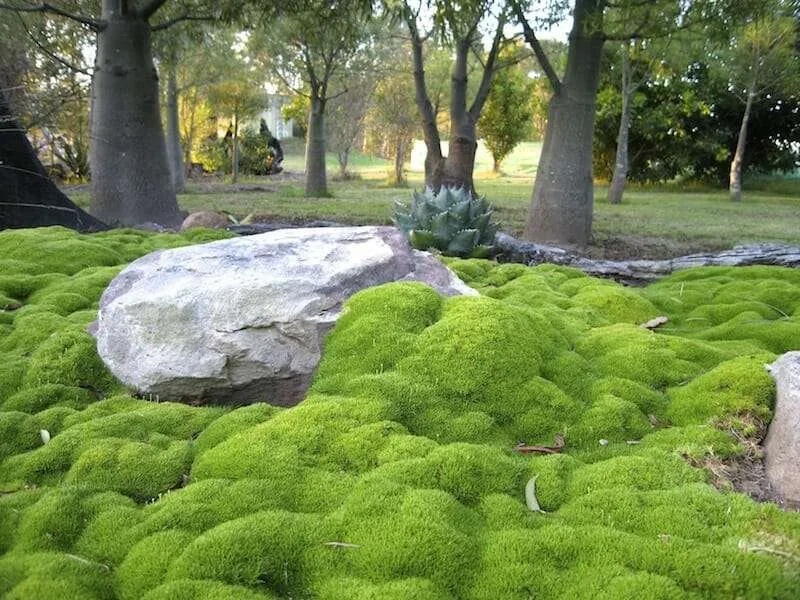Do your plants need to be repotted? What are the signs they have outgrown their pots? How do you actually repot anyway? Will repotting hurt your plant?
Repotting isn’t hard. Let’s get started.
N.B.: Featured photograph by Justine Hand, from DIY: How to Care for Aloe Vera, the Plant of Immortality.
What are the signs your plant needs to be repotted?

- Mineral buildup on the top of the soil and around the edges of the pot. This can come from hard water and too much or a buildup of the various fertilizer salts (yes, fertilizer contains salts, but not table salts). This can hurt the plant by altering the pH and the salts can burn the plant tissues.
- Failure to thrive. Your once vibrant plant isn’t growing as much or even stops growing, is not as green, or is showing other signs of not doing well. The soil may have run out of nutrients and may have broken down so much that it no longer supports the plant.
- Plant is root bound. It has outgrown its home. The roots are poking out the bottom drainage holes or creeping out over the edge of the pot. (Note that some plants like to be root-bound, including African violets, peace lilies, spider plants, fiddle-leaf fig, and snake plants to name just a few.)
What time of year is best to repot?

- Do: repotting spring to summer. This gives the plants time to recover from the repotting during the active growing season.
- Don’t: when the plant is flowering. The plant’s energy is focused on the flowers. Wait until after they fade.
What do you need to repot a plant?

- A new pot. This pot should be Goldilocks-sized: just right. What’s the right sized pot? If you have a slow grower, one size up. For fast growers, two sizes up. An example for one size up would be moving from a 6-inch pot to an 8-inch pot, and two sizes up would be a 12-inch pot to a 16-inch pot. (Generally pots increase in size in 2-inch increments.) If you are reusing a pot, make sure to clean and sterilize it.
- The correct potting medium. Match the medium to what the plant currently has and if it doesn’t have any soil borne diseases or insects, mix some in with the new soil to get the microbiome started. Most plants can use indoor potting medium, however a few plants need a more specific mix. There are available mixes for orchids, cactus and succulents, palms, and flowering vs non flowering plants.
- The right tools. Gloves, a sharp knife, snippers, and a soil scoop.
How do you repot a plant?

- Water the plant deeply a day or two prior to repotting.
- Gently tap the sides and bottom of the pot to loosen the plant. Getting the plant out of the old pot with minimal damage is key. If you need to, you can run the knife carefully around the inside of the pot and snip off any roots that poke out of the bottom. For smaller plants, place your open palm on top of the soil with the plant stems sticking out between your fingers and invert the pot. Lift the pot up. For larger plants, loosen the soil and lay them on their side and ease the plant out.
- Trim off any dead or dying leaves.
- Tease out the roots. You can trim off some of them. If the plant is especially root bound, you can take your knife and make a couple of vertical cuts along the sides of the root ball.
- It is important to keep the soil level the same in the new pot. Add new soil to the bottom of your pot to keep the soil line in the same place at the base of the stem(s). Add your plant in the middle and backfill with soil tapping and tamping gently to remove air pockets.
- Water deeply and thoroughly.
See also:
- Move Over, Monstera: 2024’s New Houseplant Trends
- Plant Doctor: How to Save a Dying Houseplant
- Houseplants 101: How to Propagate Plants












Have a Question or Comment About This Post?
Join the conversation (0)